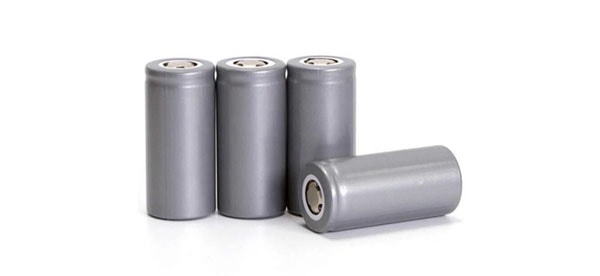When it comes to the world of lithium-ion batteries, two titans dominate the landscape: the mighty 18650 and its younger, larger sibling, the 21700. These cylindrical powerhouses have revolutionized portable electronics, electric vehicles, and energy storage systems. But how do they stack up against each other? In this article, we delve into the battle of the batteries, exploring their key differences and unlocking the power behind their prowess.
The Rise of 18650: A Small Wonder
The 18650 battery, with its iconic dimensions of 18mm diameter and 65mm height, has been a stalwart in the industry for decades. Initially pioneered for use in laptops, it quickly found its way into a myriad of applications, including flashlights, power tools, and electric vehicles. With its compact size, the 18650 battery offers excellent energy density and power output, making it a go-to choice for devices that require a reliable and long-lasting power source.
Advancements Unleashed: Introducing the 21700
Enter the 21700 battery, the new kid on the block, with its larger dimensions of 21mm diameter and 70mm height. This up-and-comer brings a fresh wave of power and performance to the table. The increased size allows for more active material within the cell, translating into higher energy capacity and enhanced power delivery. The 21700 battery boasts higher energy density and improved thermal management, which means longer runtimes and increased efficiency for demanding applications.
A Battle of Strengths
While both batteries share common features, such as lithium-ion chemistry and cylindrical form, they differ in some critical aspects that set them apart:
- Energy Density Showdown: The 21700 battery takes the lead with its higher energy density. The larger form factor enables greater energy storage, resulting in longer usage times and improved overall performance. However, the 18650 battery holds its own with a respectable energy density, particularly when considering its smaller size.
- Power Punch: When it comes to power output, the 21700 battery flexes its muscles. The increased size and optimized design allow for greater power delivery, making it the preferred choice for high-drain devices and applications that require quick bursts of energy. The 18650 battery, though smaller, still packs a punch and delivers ample power for a wide range of applications.
- Fit and Compatibility: The 18650 battery has established a strong foothold in the industry, and its compact size makes it compatible with a vast array of devices and equipment. On the other hand, the 21700 battery, while larger, is gaining popularity and seeing increased adoption in newer devices and electric vehicles, where its higher capacity and power output are highly valued.
- Cost Considerations: Due to economies of scale and wider adoption, the 18650 battery tends to be more cost-effective compared to the 21700 battery. However, as demand for the larger format grows and technology advances, the cost gap is expected to narrow in the future.
Choosing the Right Battery for the Job
When it comes to selecting between the 18650 and 21700 batteries, several factors come into play. Consider the specific requirements of your application, including size constraints, power needs, and energy demands. If compactness and compatibility are paramount, the 18650 battery may be the perfect fit. However, if longer runtimes, higher power output, and increased energy capacity are vital, the 21700 battery shines brightest.
Innovation Marches On
As technology continues to evolve, battery manufacturers are constantly pushing the boundaries of what’s possible. While the 18650 battery remains a reliable work horse in various industries, the 21700 battery represents the next leap forward in power and performance. Manufacturers are investing in research and development to enhance the capabilities of both battery types, improving energy density, power output, and overall efficiency.
It’s worth noting that the battle between the 18650 and 21700 batteries is not a winner-takes-all scenario. These batteries serve different niches within the market, catering to specific needs and applications. The 18650 battery’s compact size and widespread compatibility make it an excellent choice for portable electronics, while the 21700 battery’s larger form factor and increased energy capacity make it ideal for electric vehicles, energy storage systems, and high-drain devices.
As consumers, we are the beneficiaries of this competition between batteries. Manufacturers are continuously striving to create more efficient, longer-lasting, and environmentally friendly solutions. The evolution of battery technology is enabling advancements in electric mobility, renewable energy integration, and portable electronics, driving us toward a more sustainable and connected future.
Conclusion
In conclusion, the battle between the 18650 and 21700 batteries represents the constant drive for innovation and improvement in the lithium-ion battery industry. Each battery type brings its own set of advantages, and the choice ultimately depends on the specific requirements of the application. Whether it’s the compactness of the 18650 or the power-packed performance of the 21700, both batteries play a vital role in powering our modern world and driving us toward a more electrified and sustainable future.

